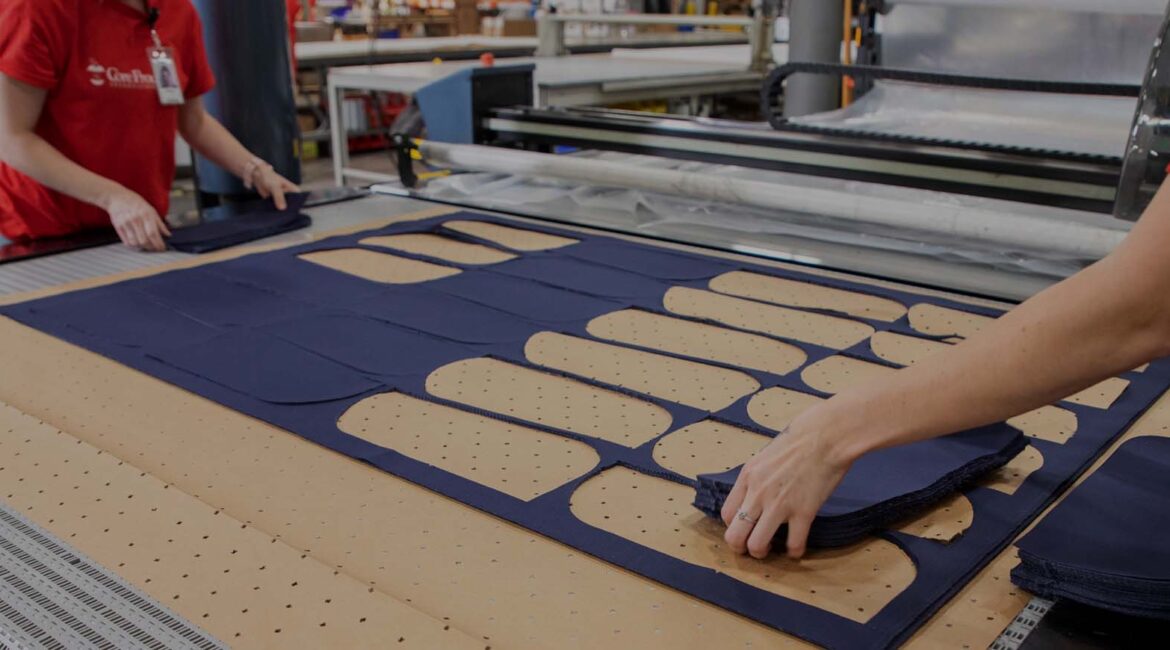Businesses that outsource their manufacturing process to foreign production facilities are experiencing a wide range of unique challenges in recent years. Outsourcing your production overseas isn’t always as affordable as it once was. Pandemic and supply chain issues have slowed lead times to a crawl for many businesses. And consumers who care about the environment and American jobs aren’t as willing to overlook a company’s outsourcing practices anymore.
Many businesses are turning to onshoring, which involves bringing your manufacturing process back home (or nearby) to the U.S. But there are actually many different ways to onshore your production.
The Types of Onshoring
Onshoring is often used as a blanket term that refers to setting up your manufacturing process in your own country or bringing it back to your own country from overseas. But there are a few different ways to do this:
- Onshoring: businesses without an existing manufacturing process set up their production within their country’s borders.
- Reshoring: businesses that already have outsourced manufacturing move it back within their country’s borders.
- Nearshoring: businesses set up their manufacturing process close to their country’s borders, but not within them. For example, a U.S. company could “nearshore” their production by working with a manufacturer in Canada or Mexico.
- Ally-shoring: businesses selectively choose production suppliers in countries with business or strategic interests that align with their own objectives, or the objectives of their country.
It’s useful to know that there are many different ways to maintain production close to home. Just remember that onshoring is often used as a catch-all term for these types of strategies.
No matter which type of onshoring a business engages in, it’s in direct opposition to offshoring, the process of outsourcing manufacturing to foreign production facilities chiefly for cheaper costs and profit maximization.
What Challenges Can Onshoring Address?
Businesses are onshoring to address many problems inherent to offshoring:
- Negative public perception of businesses that outsource their business processes to other countries
- The rising prices of taxes, labor, tariffs, and shipping costs
- Skyrocketing lead times caused by shipping and supply chain issues
- Poor customer service, language barriers or time zone issues with foreign production facilities
- The environmental impacts of global supply chain processes
Onshoring can address or mitigate many of these issues, but it’s not a simple either/or proposition for most businesses. If you’re considering onshoring for your company, you need to evaluate every part of your business process – not just the part that is occurring offshore. You will also need to identify the best way to onshore your manufacturing. The potential benefits make it worth a serious look.

